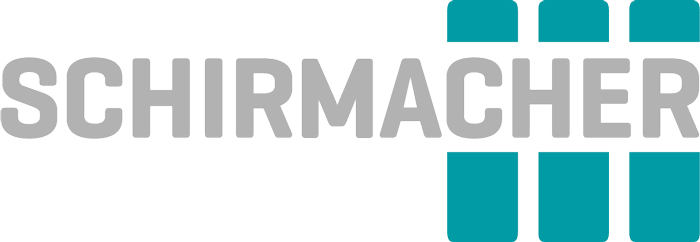High-frequency welding
What is high-frequency welding
High-frequency welding (HF welding, also known as dielectric sealing) is a proven joining process in plastics processing. It enables the permanent and precise joining of thermoplastics through the use of a high-frequency electromagnetic field.
Typically, a frequency of 27.12 MHz is used - a globally approved standard range that delivers optimum results with consistent quality.
The process is characterised by the fact that no external heat source such as hot air, heating wedge or heating cartridge is required. Instead, the heat is generated directly in the material by causing the molecules to vibrate and heat up through molecular friction. Under pressure, the materials fuse at the joining zone and form a homogeneous, resilient weld seam after cooling.
How does HF welding work?

Suitable materials
Not every plastic can be welded. Polar thermoplastics with a high dielectric loss factor are particularly suitable:
» PVC (polyvinyl chloride) - soft and hard
» TPU (thermoplastic polyurethane)
» PA (polyamides)
» PET & PETG (polyester)
» TPO (thermoplastic olefins) - with additives or modifications
» Special composite materials and coated fabrics
Other plastics such as PE (polyethylene) or PP (polypropylene) are only suitable to a limited extent, but can also be processed using additives or special welding aids.
Advantages of high-frequency welding
HF welding offers a number of advantages over alternative processes (e.g. hot air, hot wedge or ultrasonic welding):
» High seam strength - weld seams achieve up to 70-100 % of the base material strength.
» Airtight and watertight - ideal for products that require impermeability.
» Gentle on materials - heat is only generated at the seam, surfaces remain protected.
» Precision & repeatability - consistent results even in series production.
» Versatility - for multi-layer materials, three-dimensional shapes and contour welding.
» Clean process - no adhesives, solvents or open heat sources required.
» High energy efficiency - energy is channelled specifically to where it is needed.
Process parameters - decisive for quality
The welding result is essentially determined by four parameters:
» Power / current - influences the speed of heating.
» Pressure - ensures uniform bonding of the materials.
» Welding time - determines how long the energy is applied.
» Cooling time - stabilises the seam and prevents deformation.
Modern control and monitoring technologies allow these parameters to be precisely set and monitored. Automated systems thus enable repeatable results in industrial series production.
Typical areas of application
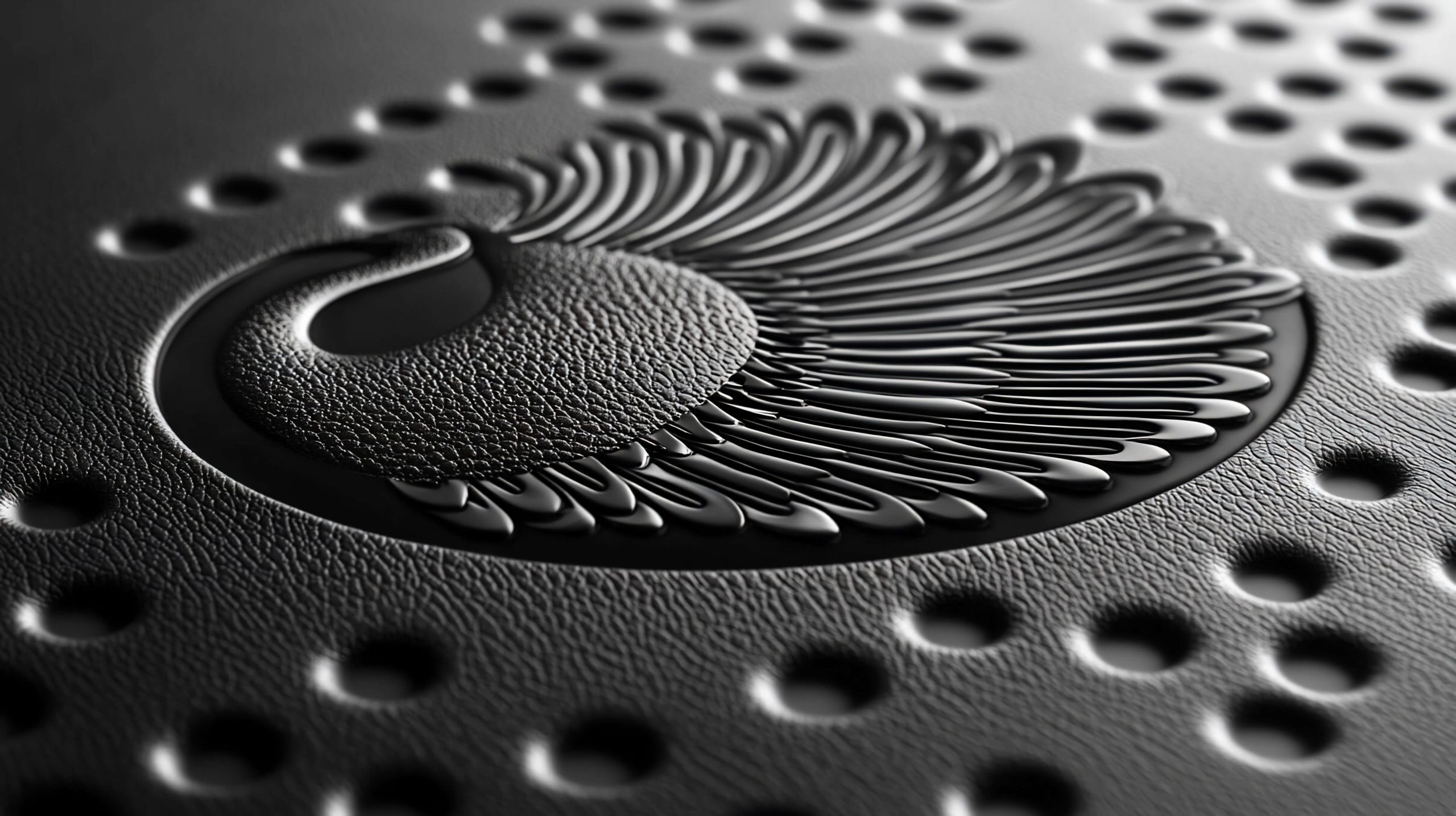

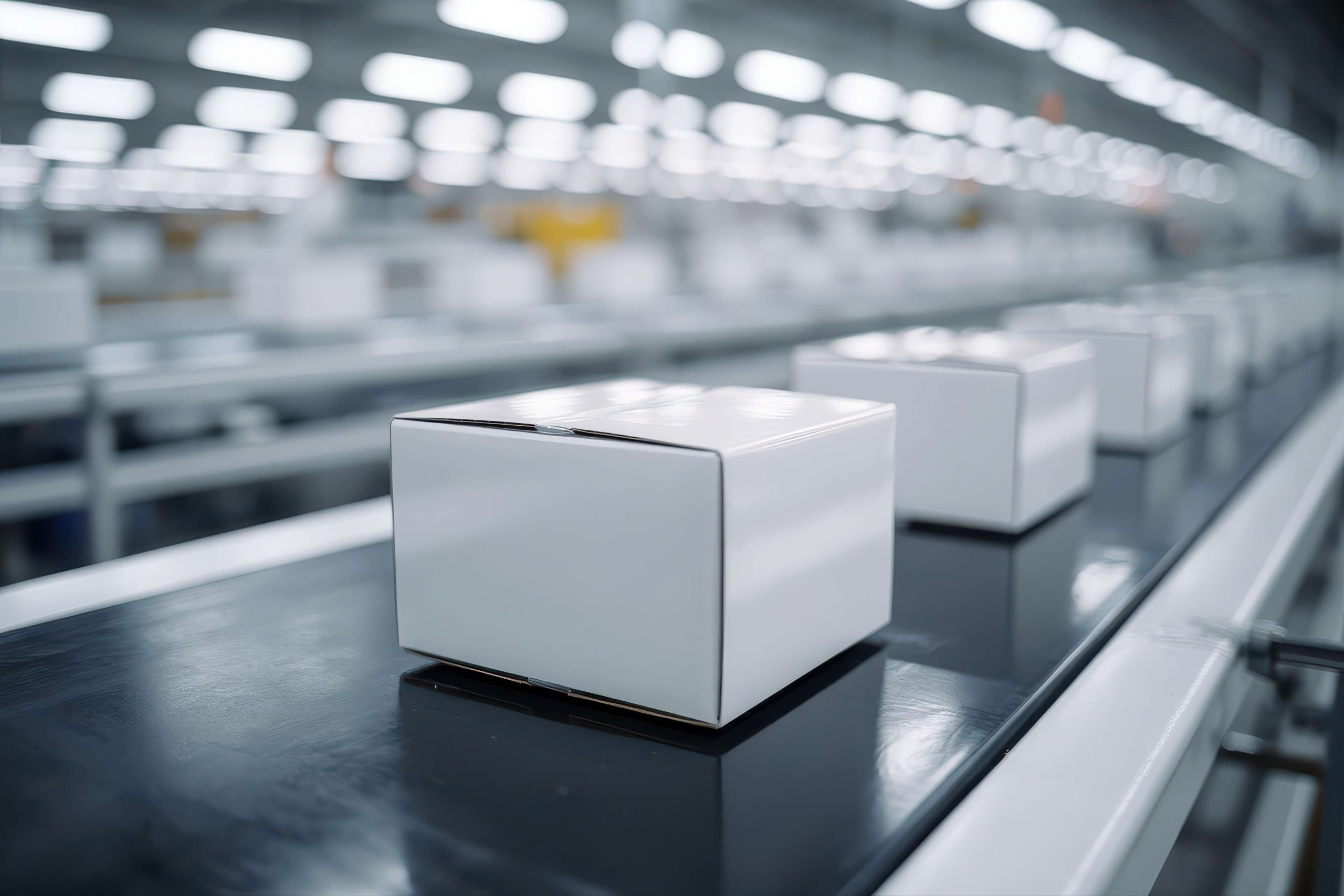
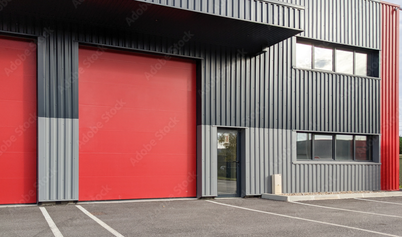

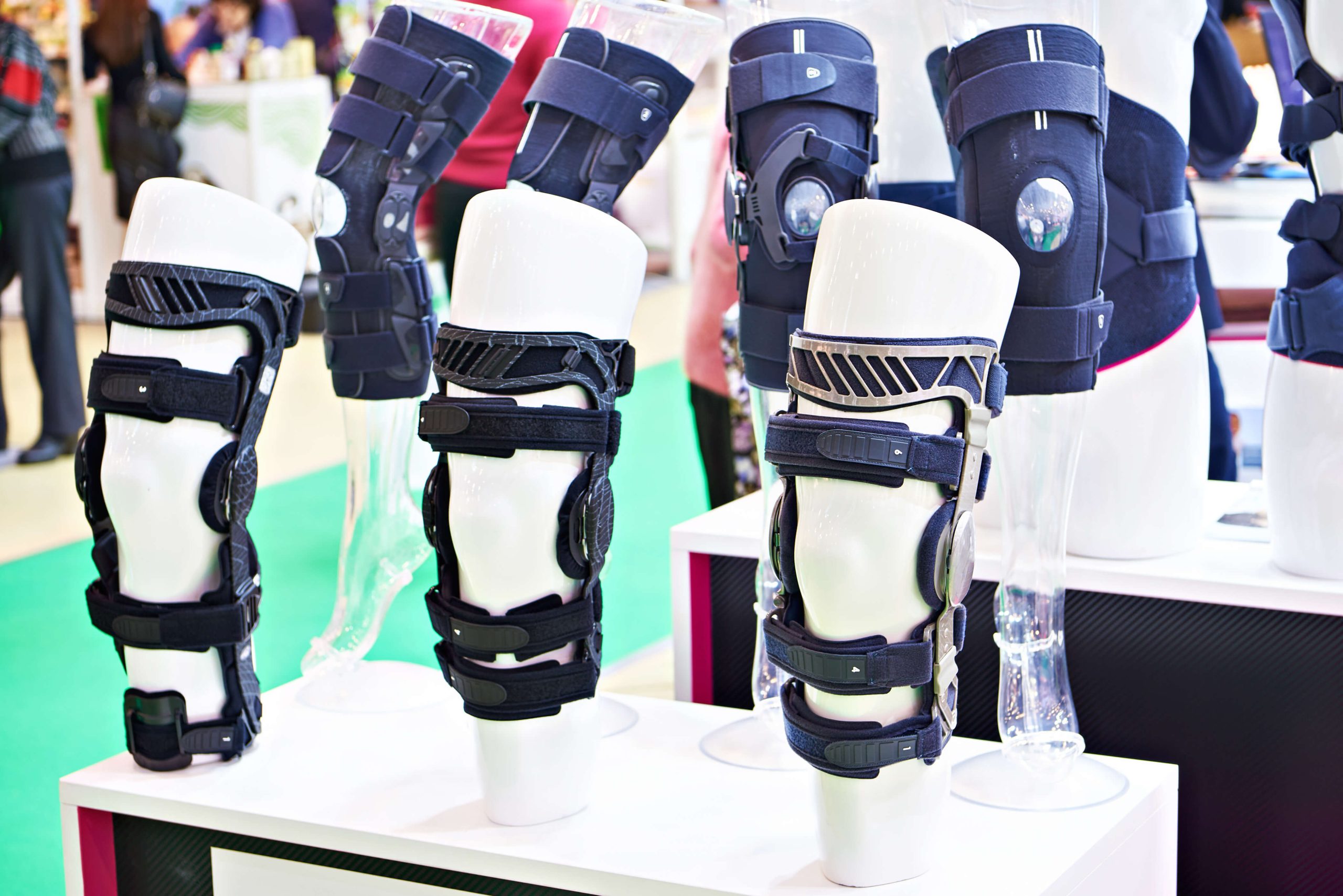
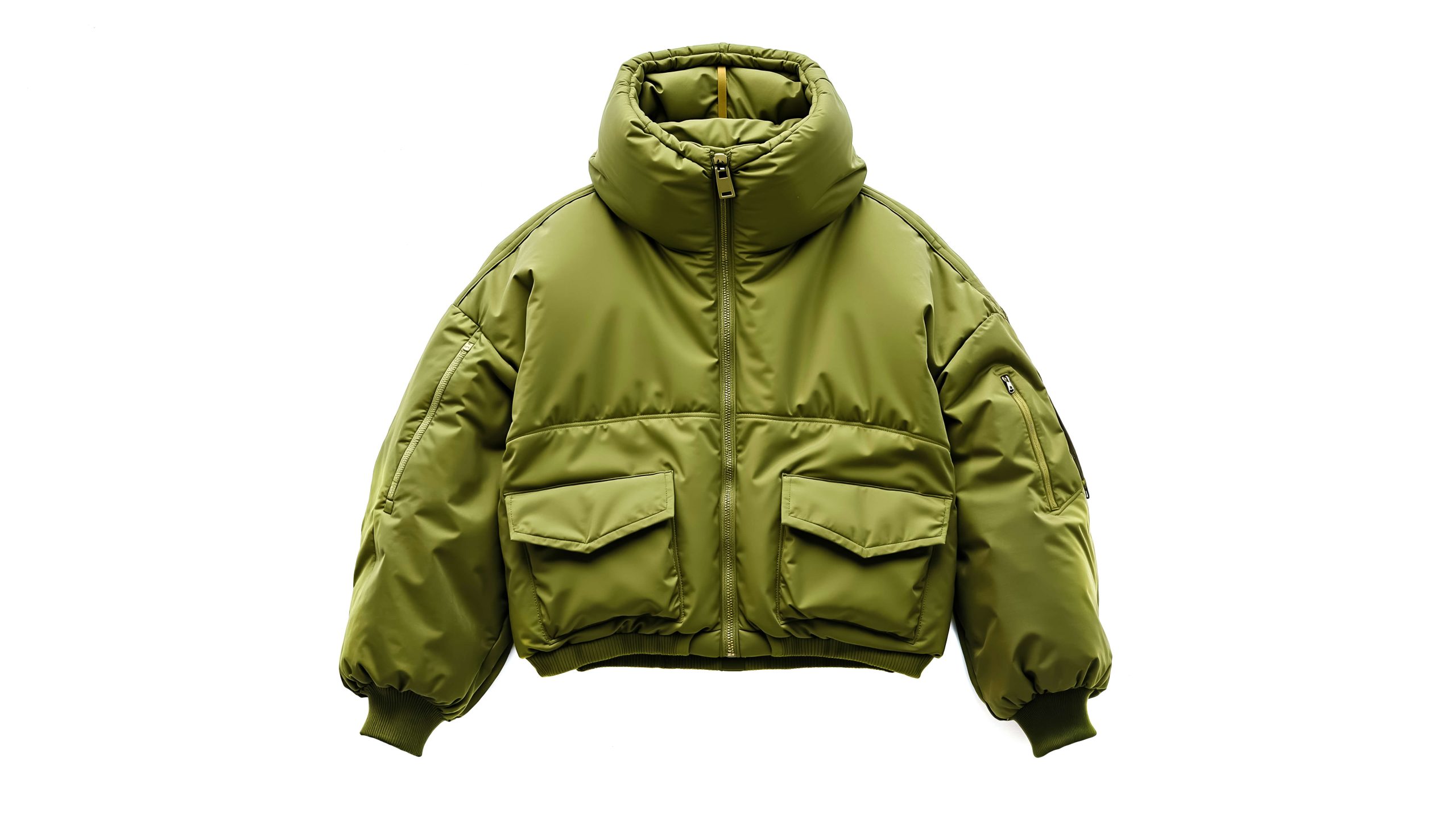
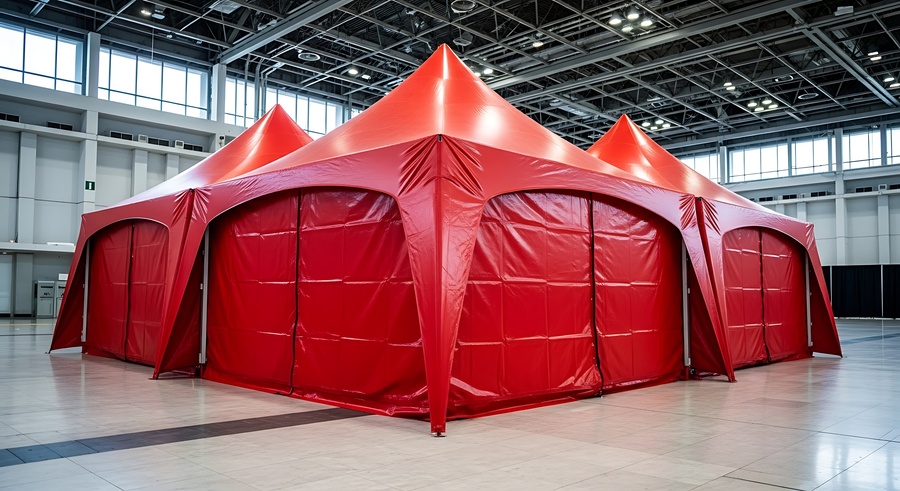
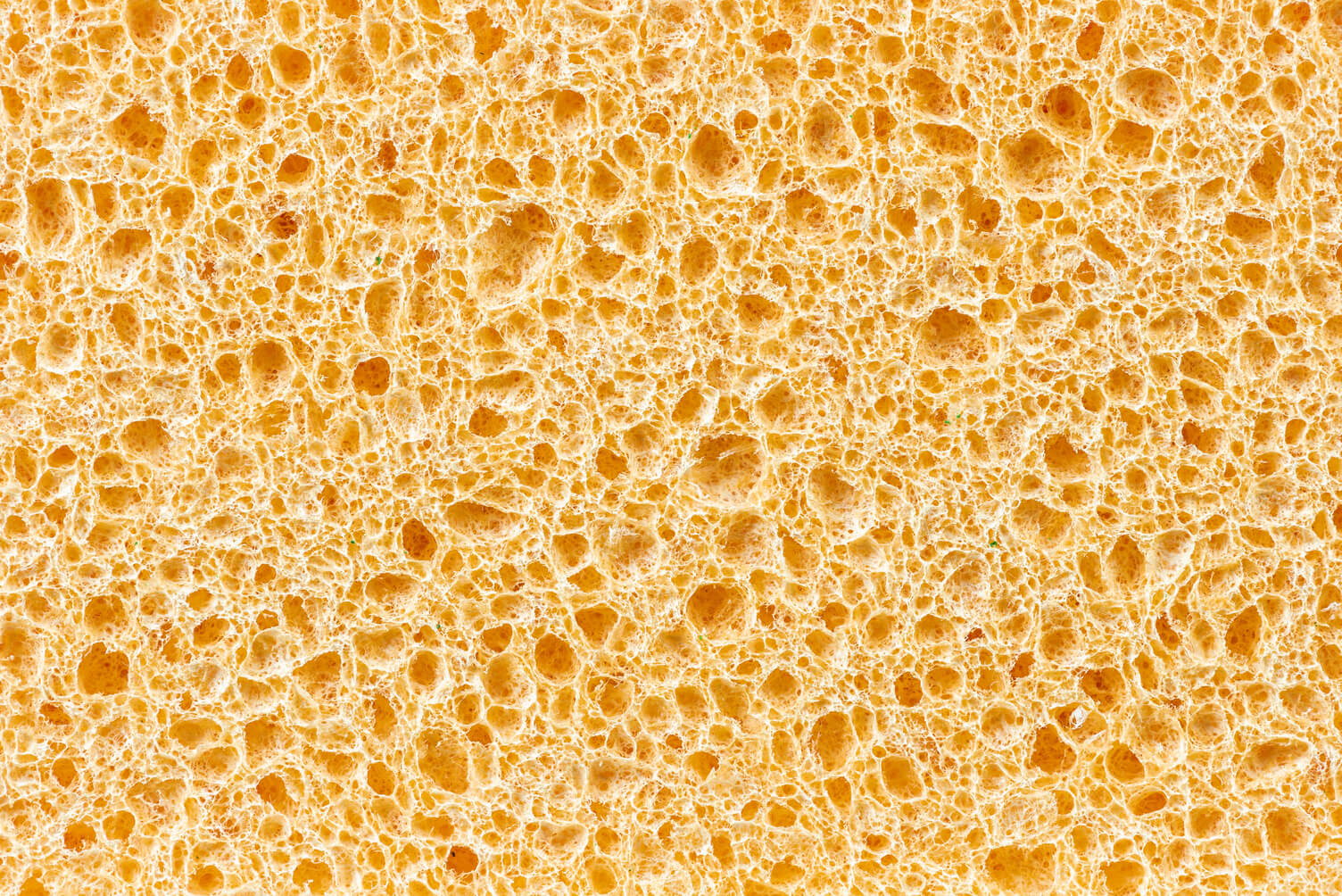
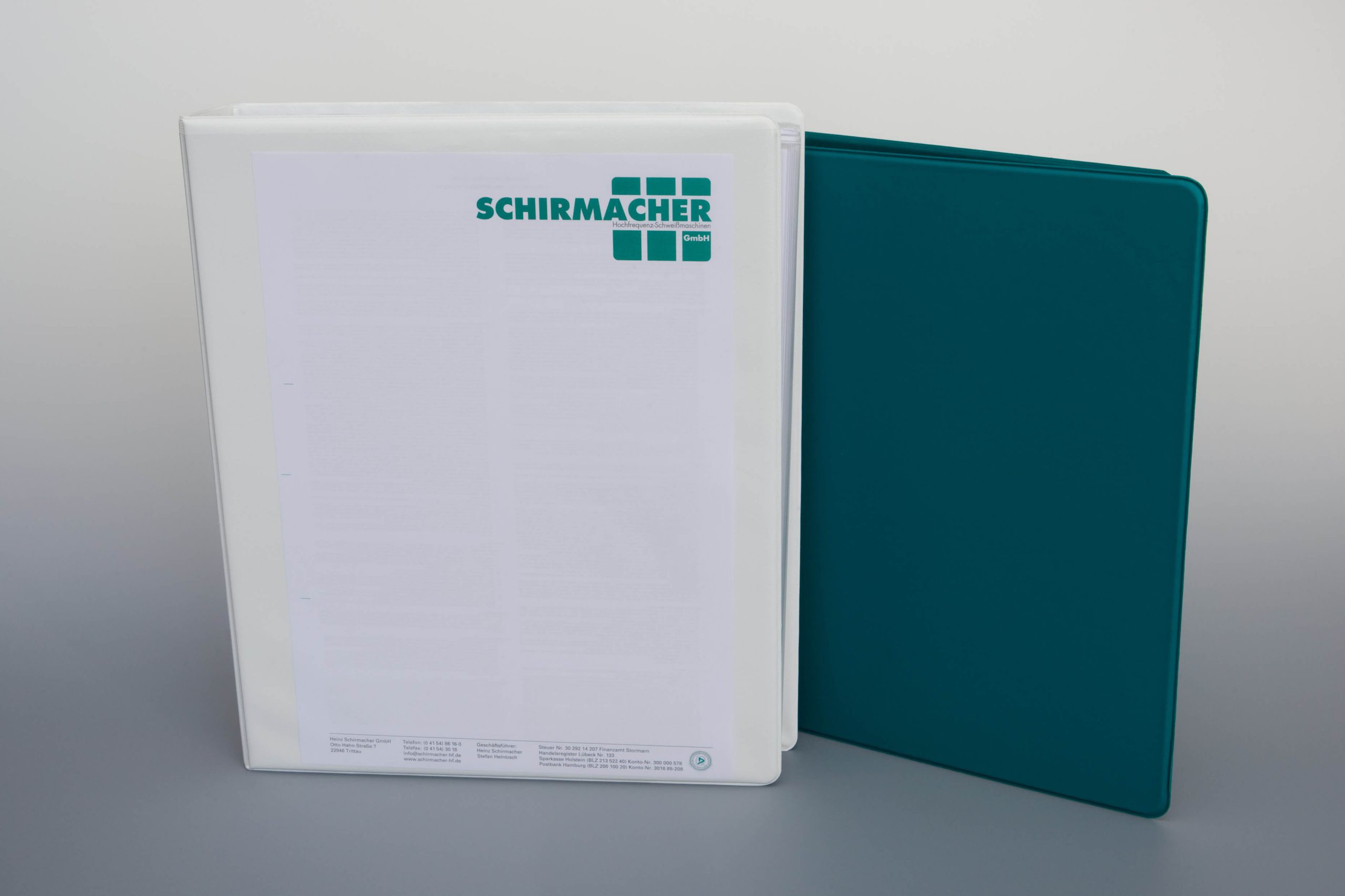
Future-proof technology
Schirmacher welding machines are constantly being further developed and are designed for long-term requirements. With unique high-frequency control, specialised toolmaking and optimised generators, we offer maximum process stability and quality. Thanks to these technologies, our systems are not only tailored to today's applications, but are also future-proof for new materials, increasing quality requirements and integration into automated production processes.
